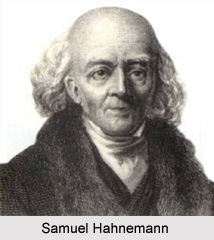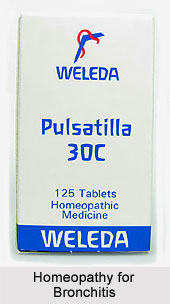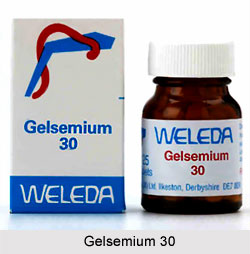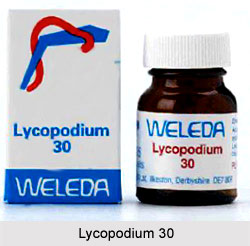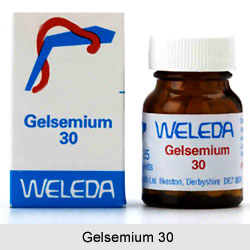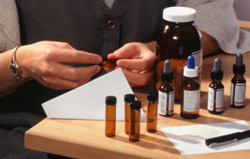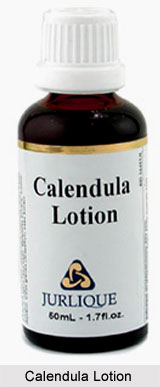 A wound is a break in the skin. Very often it is seen that the soft tissues beneath the skin are also damaged. There are four types of wounds. These can be mentioned as incisions, lacerations, abrasions and punctures. An incised wound is clean cut caused by a sharp-edged instrument like a blade or a knife whereas a lacerated wound is such in which the skin is irregularly torn. An abrasion is an injury in which the upper layer of the skin is scrapped off, due to violent rubbing with an uneven surface while in a punctured wound; the wound is mainly caused by a pointed object like a nail or a pin.
A wound is a break in the skin. Very often it is seen that the soft tissues beneath the skin are also damaged. There are four types of wounds. These can be mentioned as incisions, lacerations, abrasions and punctures. An incised wound is clean cut caused by a sharp-edged instrument like a blade or a knife whereas a lacerated wound is such in which the skin is irregularly torn. An abrasion is an injury in which the upper layer of the skin is scrapped off, due to violent rubbing with an uneven surface while in a punctured wound; the wound is mainly caused by a pointed object like a nail or a pin.
Treatment of Homeopathy in Homeopathy
Calendula officinalis, prepared from the tall, wild marigold i.e. `the herb of the sun`, is the chief homoeopathic medicine for wound dressing. Calendula is not an antiseptic in a literal sense, but germs do not thrive in its presence. When a fresh wound is dressed using Calendula lotion, germs can be kept away. Even when wounds are already badly infected, it can be seen offensive purulent discharges becoming clean and sweet smelling in a day or two. However, Calendula is not the only external wound-remedy.
Hypericum and Ledum are also useful in treating wounds, each having its own indications. Hypericum lotion is particularly effective in relieving pain of injured nerves. Ledum lotion is helpful for punctured wounds and sprains, especially if the injured part remains cold and numb. It should, however, be noted that Arnica lotion is an irritant and should not be applied to broken skin.
A lotion of any homoeopathic remedy can be prepared by putting ten drops of the mother tincture in one cup of pure i.e. boiled and cooled water.
A dressing once applied should be left undisturbed for days. For a day or two, the dressing may be freshly moistened from the outside with the lotion in use. But on no account should it be moved or removed, even though it may look stained or give off an unpleasant odour. Frequent dressings interfere with healing by causing damage to growing cells and new blood vessels. They also cause pain and discomfort to the patient. Another important and serious point is that predispose to fresh contamination of the wound by air-borne germs.
In a case where after a couple of days of applying the dressing, there are signs of wound-contamination and consequent inflammation viz. redness, heat, swelling and pain in the vicinity of the wound. In that case Hepar sulph 30 should be given internally, thrice a day till these signs subside.
At first a dose of Arnica 200 should be given to counteract the shock of trauma,
The wound should be cleaned gently yet thoroughly, either with mild soap and water or with the lotion of an appropriate homoeopathic remedy,
The wound should be dressed with a suitable homoeopathic lotion, leaving it undisturbed for a few days and
An appropriate homoeopathic remedy should be given and to be taken orally for a few days.
An abrasion should be cleaned with Calendula lotion. An incised or lacerated wound should be cleaned either with Calendula lotion or with Hypericum lotion, if nerves have been injured causing severe pain. A punctured wound should be cleaned with or soaked in Ledum lotion.
After a wound has been cleaned, it requires proper dressing and bandaging. It has to be done to prevent its contamination with bacteria. A dressing is a sterile gauze-piece, soaked in an appropriate homoeopathic lotion and put directly over the wound. A bandage holds the dressing in place for a few days, till healing has progressed considerably. Most wounds can be dressed using either Calendula or Hypericum lotion. However, Ledum lotion should be used for punctured wounds. It is important to be noted that the dressing should not be disturbed for a few days. If it feels excessively dry, it can be moistened from time to time by pouring a few drops of the concerned lotion over it.
For abrasions, Calendula 30 is a good internal remedy. It should be given thrice a day for a few days. For incisions or lacerations Calendula 30 or Hypericum 30 can be given three or four times a day in case the pain is severe. For very severe pain in an incisional wound, Hypericum can also be substituted by Staphisagria 30. For punctured wounds, Ledum 30 is an ideal internal remedy. If the injured part is not numb and cold and if there is severe pain shooting upwards, Ledum can be replaced by Hypericum 30.
